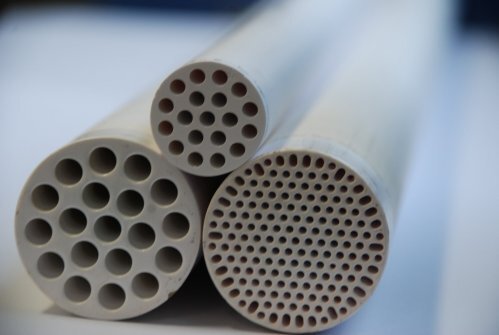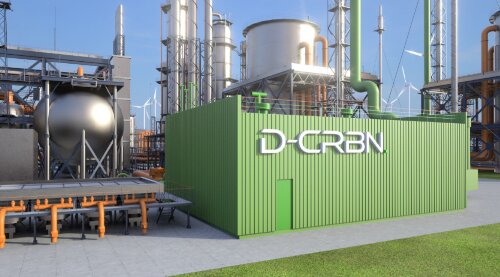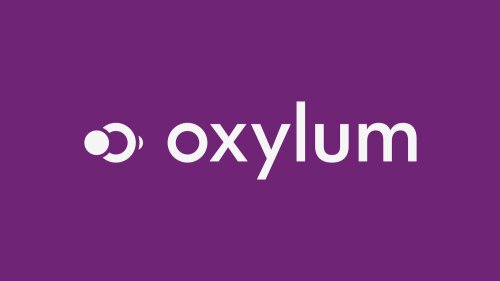Project FOTON

As a society, we currently face two major challenges: securing our future energy supply by transferring from fossil fuels to sustainable energy sources and reducing emissions of the greenhouse gas CO2. Only in this way can we achieve the objectives of the Paris climate agreement; limiting global warming to a maximum of 1.5°C in the 21st century and achieving net zero CO2 emissions by 2050. The FOTON project addresses both challenges.
In the INTERREG project FOTON, 9 project partners have the ambition to develop high-tech systems and materials for sunlight-driven sustainable processes that contribute to a climate-neutral industry. The direct use of sunlight as an energy source for chemical processes has a number of advantages compared to the conventional use of sustainably generated electricity. First, the high energy efficiency when using sunlight directly: there is no energy loss when converting sunlight into electricity, or less energy loss if the electricity is generated in the chemical reactor itself. Transport of electricity is not necessary and direct use is made of sunlight for the local production of green hydrogen and methanol. This decentralized production prevents high costs associated with infrastructure.
Three pilot demonstrators show that sunlight can be used as a sustainable energy source for the production of green methanol and green hydrogen in a technologically efficient, energy-efficient and financially feasible way.
The research within FOTON forms the basis for the future translation into an industrial process and offers commercial opportunities for manufacturers of materials and equipment and chemical companies in the region.
For more information, visit our website: www.project-foton.nl or contact Prof. Pegie Cool (pegie.cool@uantwerpen.be) and Prof. Sammy Verbruggen (sammy.verbruggen@uantwerpen.be)
Spin-offs
Since the kick-off of InSusChem consortium in January 2021, 3 spin-offs of University of Antwerp have been created and launched:
- A-membranes - Prof. Vera Meynen:
A-membranes (www.a-membranes.com) is a spin-off of the Flemish Institute for Technological Research (VITO) and the University of Antwerp. This is a result of more than a decade of joint research and development in the field of membrane filtration. A-membranes allows unique tailor-made solutions for challenging separations and purifications, which existing membranes cannot offer. As all membrane technologies, it is a sustainable technology, with reduced energy costs and enables a smaller environmental footprint. Prof. Vera Meynen of the LADCA group is a leading UAntwerp expert on material synthesis involved in the spin-off team. Congratulations and best wishes for a bright and prosperous future of the A-membranes company!

Oxylum - Prof. Tom Breugelmans:
Oxylum is a Belgian based, University of Antwerp spin-off company who focusses on the development of solutions for the sustainable production of chemicals. Their novel electrochemical CO₂ reduction technology will guide companies in their quest towards carbon neutrality. Similarly to the leaves of a tree, they use CO₂ and water to create the building blocks for plastics, fuels and so much more. The required energy is provided by renewable electricity and no fossil feedstocks are consumed during the process.
- D-CRBN - Prof. Annemie Bogaerts:
In 2021, a spin-off company of our research group was founded: D-CRBN. Annemie Bogaerts and Georgi Trenchev are co-founders and shareholders. Annemie Bogaerts is member of the Board of Directors, and Georgi Trenchev will be the future CTO. The CEO is Gill Scheltjens, and the CCO is David Ziegler. The aim of this company is to scale up our plasma technology for CO2 conversion into CO, and build larger plasma reactors, of interest for reducing the CO2 emissions in the (petro)chemical, steel and energy industry.

Projects
Within our consortium, internal-collaborations are taking place in several sustainable chemistry projects :
- Artificial clathrates for safe storage, transport and delivery of hydrogen (ARCLATH II) : 01/07/2021 - 31/12/2023 (cSBO in MOT4 Energy Innovation)
Professors involved within InSusChem : Prof. Pegie Cool, Prof. Sammy Vebruggen, Prof. Patrice Perreault, Prof. Silvia Lenaerts
The ARCLATH-2 project aims to overcome current drawbacks in hydrogen transportation and storage by developing a radically new transportation and storage concept based on clathrates. After a year of research, ARCLATH-1 already provided a proof of concept that shows hydrogen can indeed be encapsulated in clathrates under technically and economically relevant conditions, in terms of both pressure and temperature. A follow-up project ARCLATH-2 has now been initiated to maximise the hydrogen storage capacity of the clathrates under similar pressure and temperature conditions. At the same time, ARCLATH-2 will define a practical process of reversible hydrogen storage and delivery based on pressure swing cycling at lab-scale.
- Synergetic design of Catalytic materials for integrated photo- and electrochemical CO2 conversion processes (SYN-CAT) : 01/01/2021 - 31/12/2024 (cSBO in MOT3)
Professors involved within InSusChem: Prof. Tom Breugelmans, Pegie Cool, Prof. Vera Meynen
The objective of the project is to combine photo- and electrochemistry into a photo-electrocatalytic approach to convert CO2 into methanol. The approach herein lies on developing more active and stable photo-electrocatalytic materials compared to the state-of-the-art and to improve productivity of the photo-electrochemical reactor, targeting an energy efficiency of 30% with an outlook for further upscaling.
- Designing the packing materials and catalysts for selective and energy efficient plasma-driven conversion (PLASMACATDESIGN) : 01/01/2019 - 31/12/2022 (
Professors involved within InSusChem: Prof. Vera Meynen, Prof. Annemie Bogaerts, Prof. Tine Compernolle, Prof. Steven Van Passel
PlasMaCatDESIGN is a research consortium that aims to develop design rules for (catalytically activated) packing materials to enhance plasma-activated gas phase conversion reactions to basic chemicals. By understanding the material - properties – activity correlation we target enhanced conversion, selectivity and energy efficiency of plasma driven chemical production for two selected industrially and environmentally relevant model reactions in which plasma catalysis can have specific advantages: selective CO2 conversion towards C1-C5 (oxygenated) hydrocarbons and inorganic amine synthesis (nitrogen fixation).
